system-design-refresher
Load Balancing

Content
Common Strategies
Round Robin
Each server in the pool gets a request in sequential rotating order.

Least Connections
Directs traffic to the server with the fewest active connections. Ideal for longer tasks or when the server load is not evenly distributed

Least Response Time
Chooses the server with the lowest response time and fewest active connections.
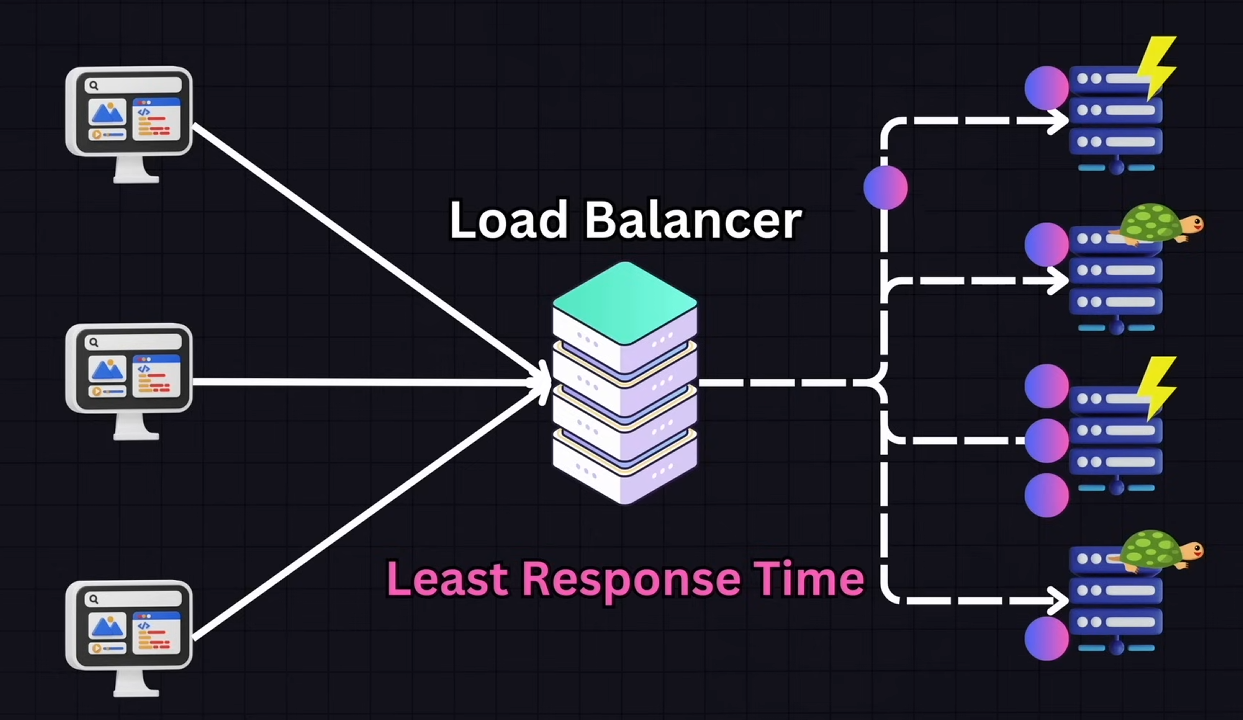
IP Hash
Determines which server recieves the request based on the hash of the client’s IP address. This ensures the client consistently connects to the same server and is useful for session persistence in applications where it is important for the client to connect to the same server.
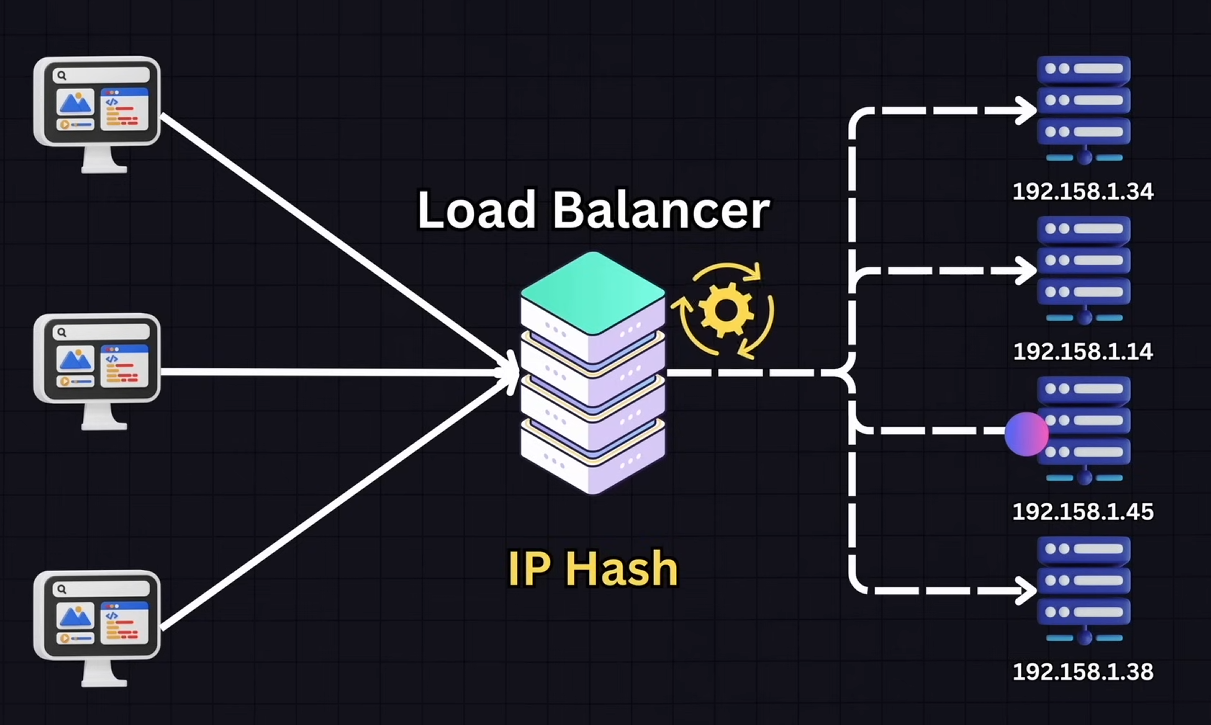
Weighted Round Robin / Weighted List Connections
Servers are assigned weights typically based on their capacity or performance metrics. Servers wich are more capable handle the most requests. This is effective if the servers in the pool have different capabilities.
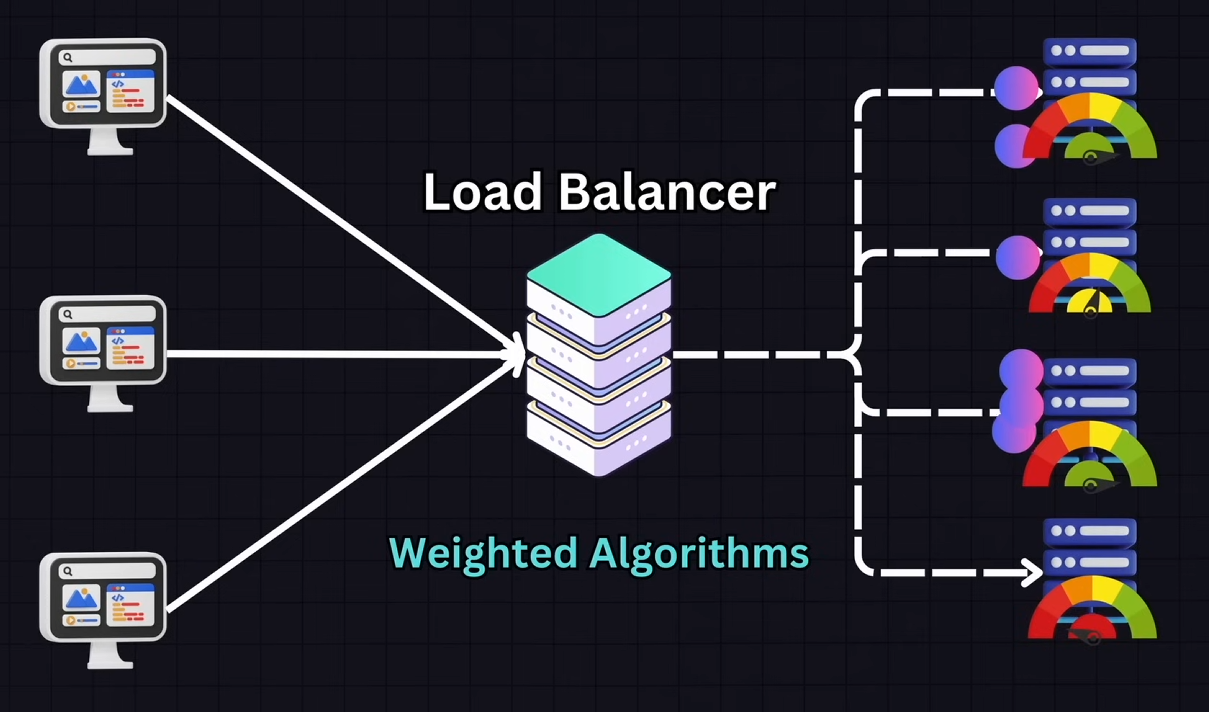
Geographic
Directs requests geographically closest to the user or based on regional requirements. Useful for global services where latency reduction is priority.
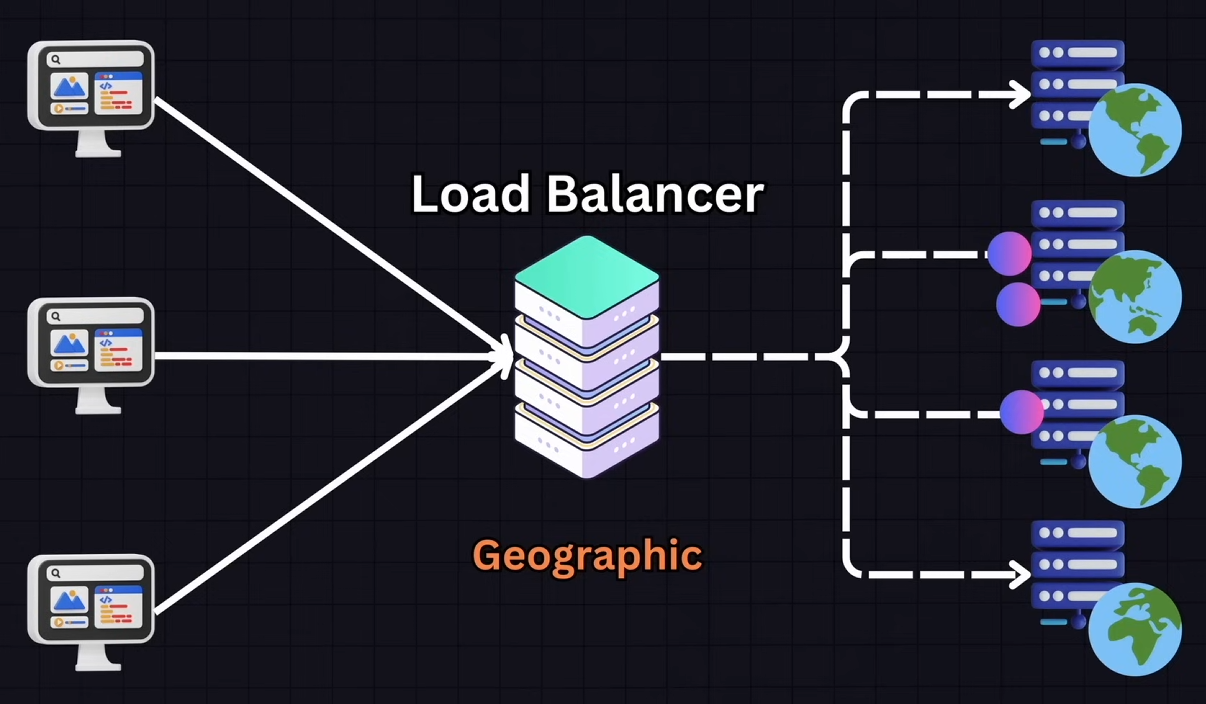
Consistent Hashing
Uses a hash function to distribute data across various nodes.

Health Checks
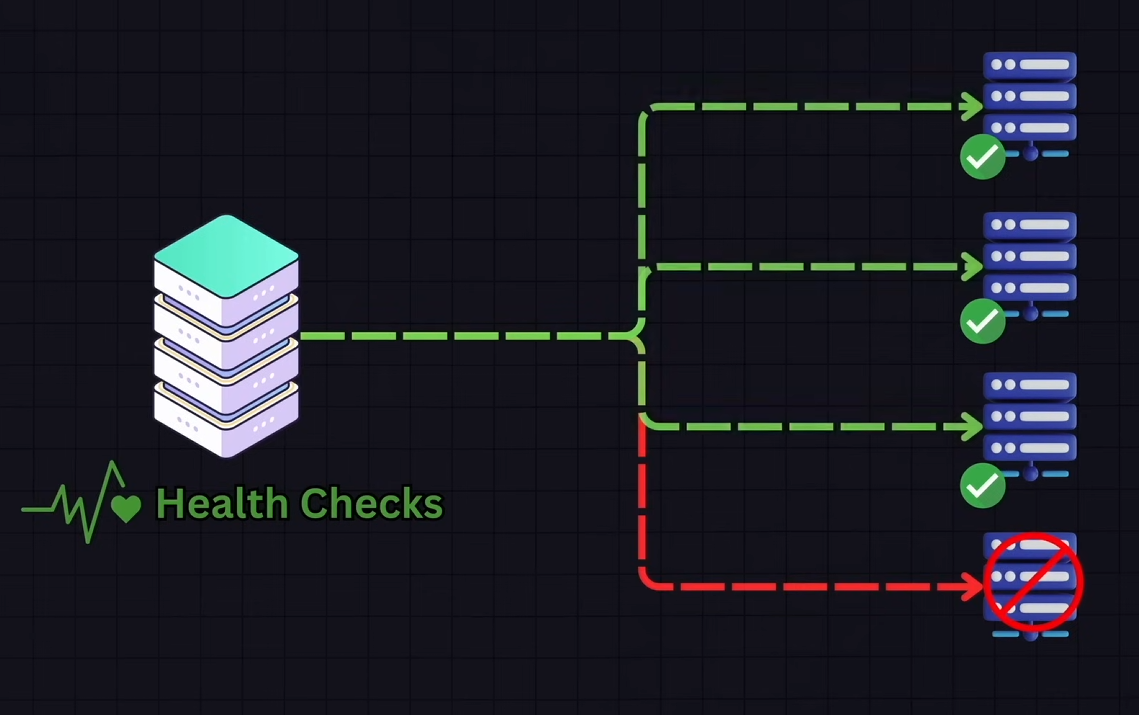
Types of Load Balancers
Hardware Load Balancers: local traffic management, global server load balancing, application security, content switching and application acceleration.Software Load Balancers: provides pretty much the same features than a hardware one without the need of a dedicating load balancing device.Cloud-based Load Balancers: products offered commonly by CSPs.
Redundancy
Multiple instances
A common approach is to have more than one load balancer.
If one fails the other one takes over which is a method known as a FAILOVER

Health-checks and monitoring
Continuously monitor and do health checks so that any issues can be detected early and can be addressed before causing significant disruption
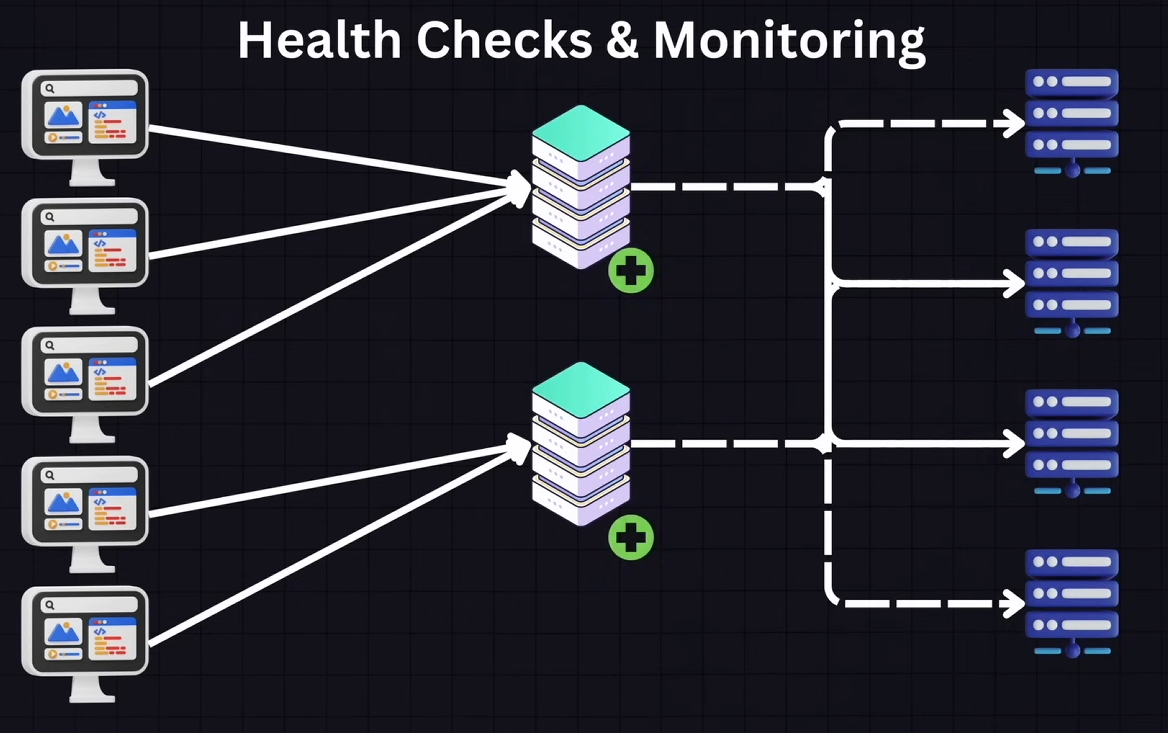
Auto-scaling and Self-healing Systems
Some modern infrastructures are designed to automatically detect a load balancer failure and replace it with a new instance without manual intervention.
DNS Failover
In some configurations DNS Failover can re-route traffic away from a load balancer no longer accepting connections to a pre-configured standby IP which is our new load balancer.